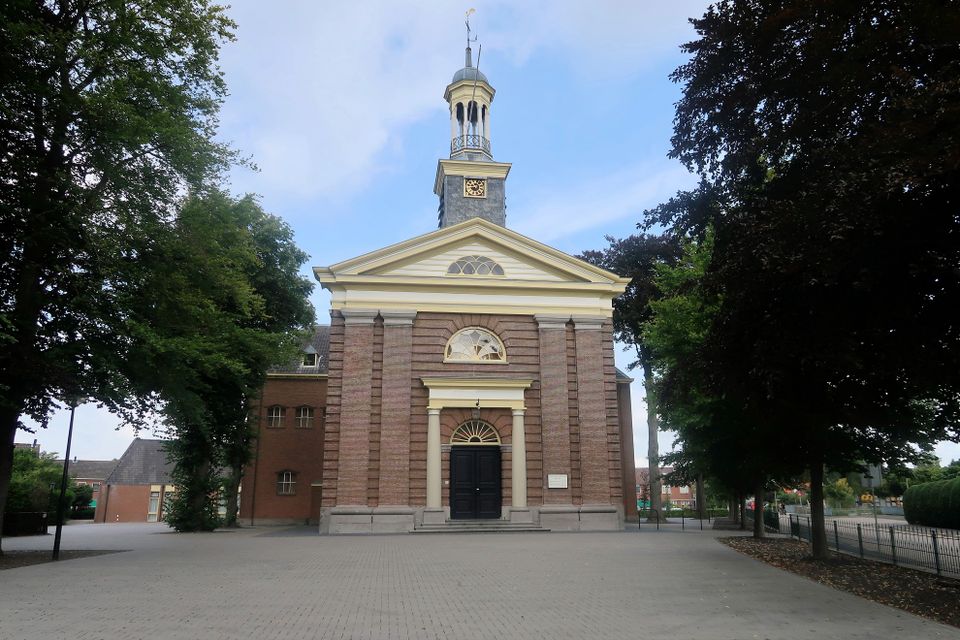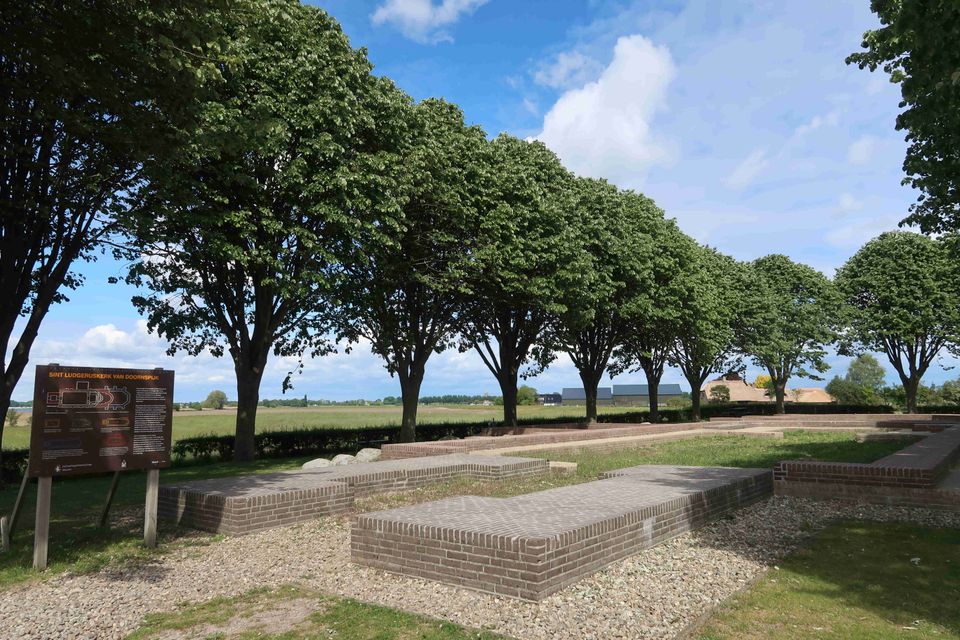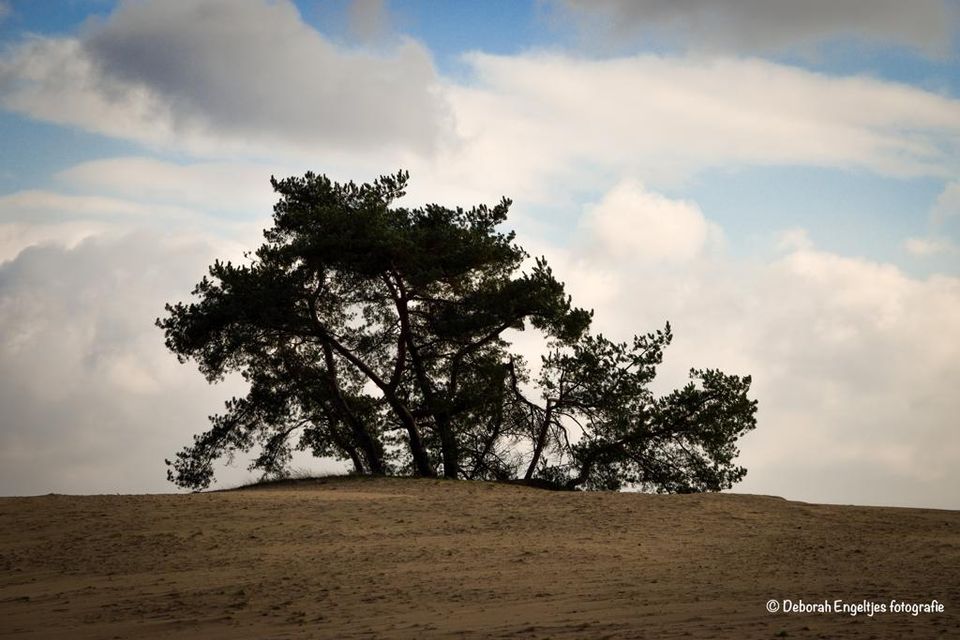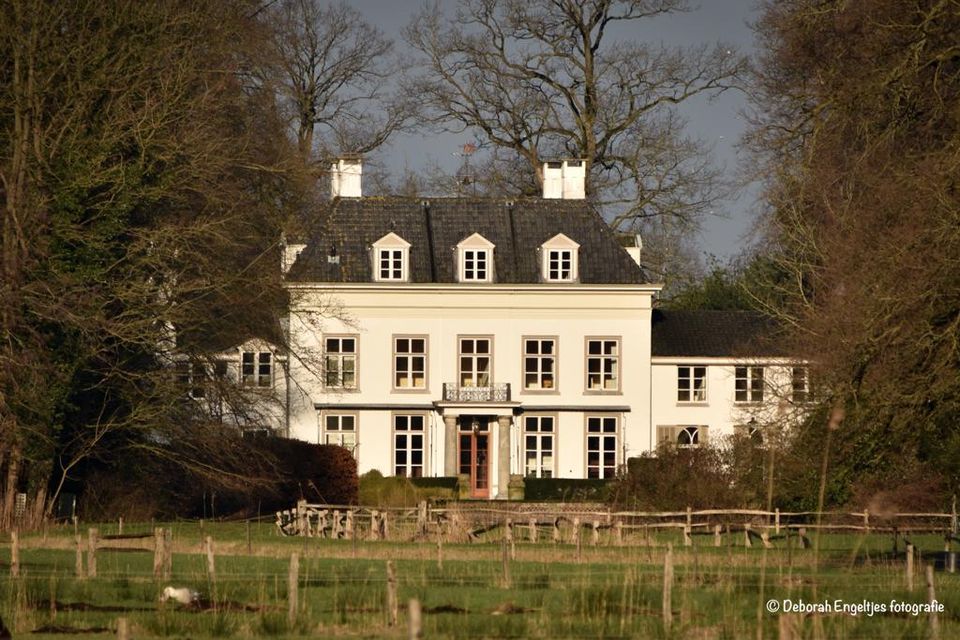Doornspijk
Landscape history
The landscape of the North West Veluwe is formed in the last two ice ages. Because of the moving of the land ice the moraines of the Veluwe were created. The first permanent inhabitants settled in this area in the Middle Ages, before that mostly nomads and semi-nomads crossed here. Besides fishing and hunting they also farmed the land in a limited way. In the year 796 the Frisian preacher Liudger Thiadgrims received the properties in ‘Villa Thornspic”. Because of overgrazing and the cutting of heather, sand drifts were formed on the higher situated areas in the late Middle Ages. From the end of the nineteenth century trees were planted here. There is still a large sand drift at De Haere estate.
Sand drift "de Zoom"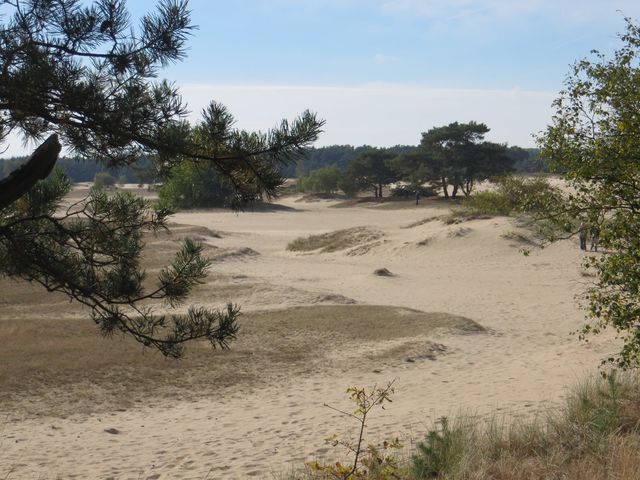
What is the origin of the name?
After all sorts of corruptions the name Thornspicc eventually changed into Doornspijk. The name could be explained from the ancient meaning of the word thorn, which not only refers to the spines on branches of different plants, trees and bushes, but also to ‘land in a pointed shape bordered by two watercourses in Middle Dutch. Add this to the fact that the property of the village of Doornspijk reached all the way to Noordeinde, you can clearly see a pointed shape. Now, if this is true, the name Doornspijk is exceptionally special because the word ‘spijk ‘also means ‘pointed piece of land’ in Middle Dutch. However, in the old coat of Arms of Doornspijk the botanical explanation is chosen, the lion in the coat of Arms holds a branch of the blackthorn in its claw. Blackthorn has sharp pointy thorns.
Some history
Doornspijk is a rural village situated between the coast of the former Zuiderzee, the rough forest and moorland and sand drifts of the Veluwe. Although Elburg as a beautiful medieval town attracts all the attention within the municipality, Doornspijk is much older.
Doornspijk, or Villa Thornspic as it was then called, is first mentioned in sources in 796 AD. The word villa was not used in the meaning of a big house but for a community of farms. Why was Thornspic mentioned so early? Because in the name of missionary Liudger (now known as Ludgerius) a small church was founded on the edge of the Zuiderzee. After his death the land ended up in the hands of the convent of Werden in Germany and in the deed of transfer Villa Thornspic is first mentioned. The parish of Doornspijk stretches from Bijssel in the south to current Noordeinde in the north and from there the boundary goes west up to Mulligen in Oldebroek. The parishioners in this area all frequented the church founded by Liudger in Horst. Thornspic was a settlement with a centre from which was traded. In the 13th century this busy centre was declared a town and received the name ‘Stadt van der Elborch’, which was later shortened to Elburg. In 1825 the Sint Ludgerius church was first hit by a heavy storm and shortly after by lightning. This meant the end of this ancient house of worship. The new church is built further on and with that the centre was relocated. Nowadays the remains of the old church can still be visited at the Nieuwstadsweg, a lovely place to have a picnic and a good spot for birdwatching.
Tourist resting point "Sint Ludgeruskerk"
